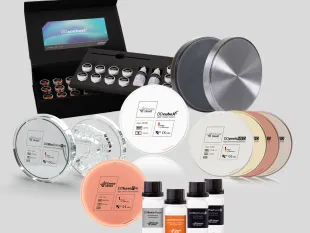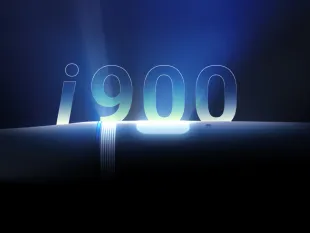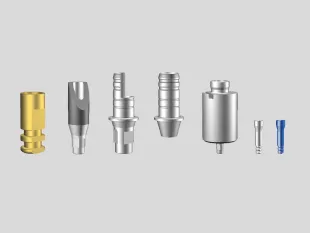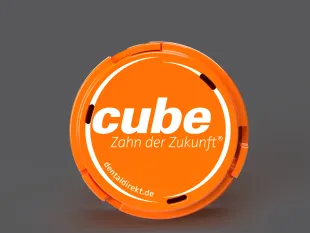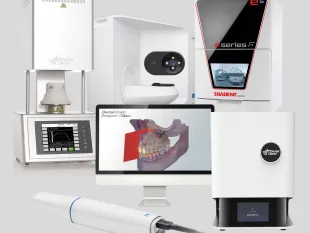An essential prerequisite for accurately fitting, CAD/CAM-milled dentures is the precision of the equipment and materials used. Perfect results require the highest level of accuracy, which can only be guaranteed if the software interfaces of the CAD/CAM components are coordinated. Otherwise, deviations in the digital work flow can add up and lead to bad fits. The scanner, the milling machine and e.g. the homogeneous sintering shrinkage of zirconium oxide must be guaranteed to achieve reproducible, high-quality results.


- You need a special tool (as recommended by the machine manufacturer) to produce the calibration and test specimens. The DD calibration disc can be easily machined with different milling strategies.
- Ideally, a micrometer should be used for measuring the calibration and test pieces. Measuring instruments also have different error tolerances from which the accuracy can be read. This also applies to digital calipers, for example. Therefore, please observe the requirements of the machine manufacturer.
While you're at it:
In order to exclude further typical machine error sources, we recommend that you include the following checks in your regular maintenance. The low additional expenditure prevents unwanted surprises and time-consuming search for causes if a job didn't fit:
To ensure a perfect and vibration-free fitting of the blank in the milling machine the blank carrier and the fixation ring should be cleaned from spans and dust before every milling process. Screws and threads should be free from debris as well.
Milling tool holders and displacement transducers need to be cleaned regularly, damaged or worn out tool holders need to be replaced in time.
3.1 Spindle cleaning
Spindleand applied milling tools need to be clean, otherwise the spindle bearing will be heavily stressed due to resulting centrifugal forces. To avoid moisture and dirt getting into the spindle bearing do not try to clean the spindle nose with spray oils, liquids or compressed air.
3.2 Important information concerning the spindle
Never close the spindle without inserted collet and milling tool, otherwise the spindle will be destroyed while spinning without collet!
4.1 Collet cleaning
The collet need to be removed and cleaned at least once a week and after every tool breakage. To examine the collet for defects please consider the milling machine manual.
4.2 Verifying the radial run-out of the tool
The collet has to be checked on the radial run-out after every tool breakage. All the required measuring equipment are available from the milling machine manufacturer.
